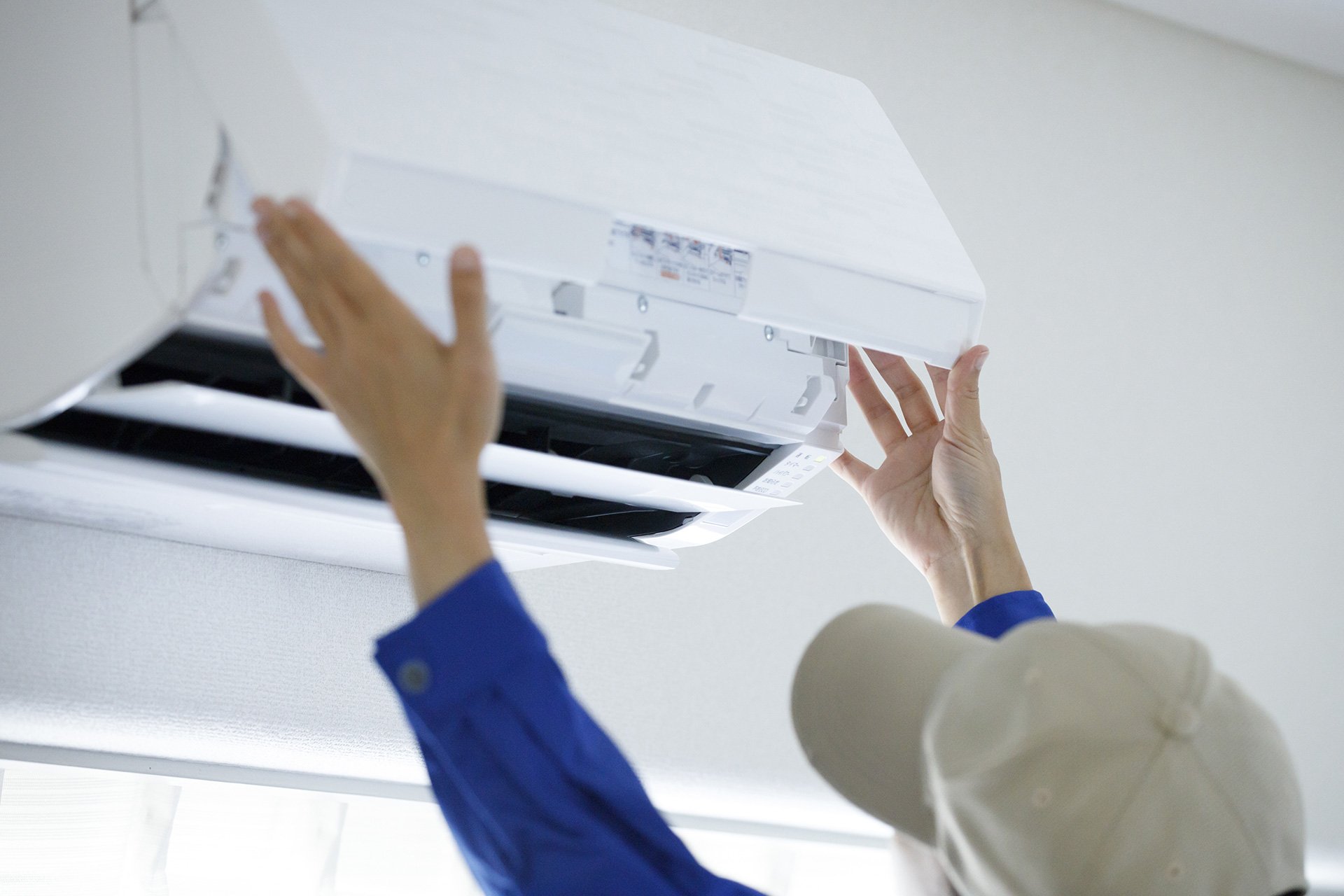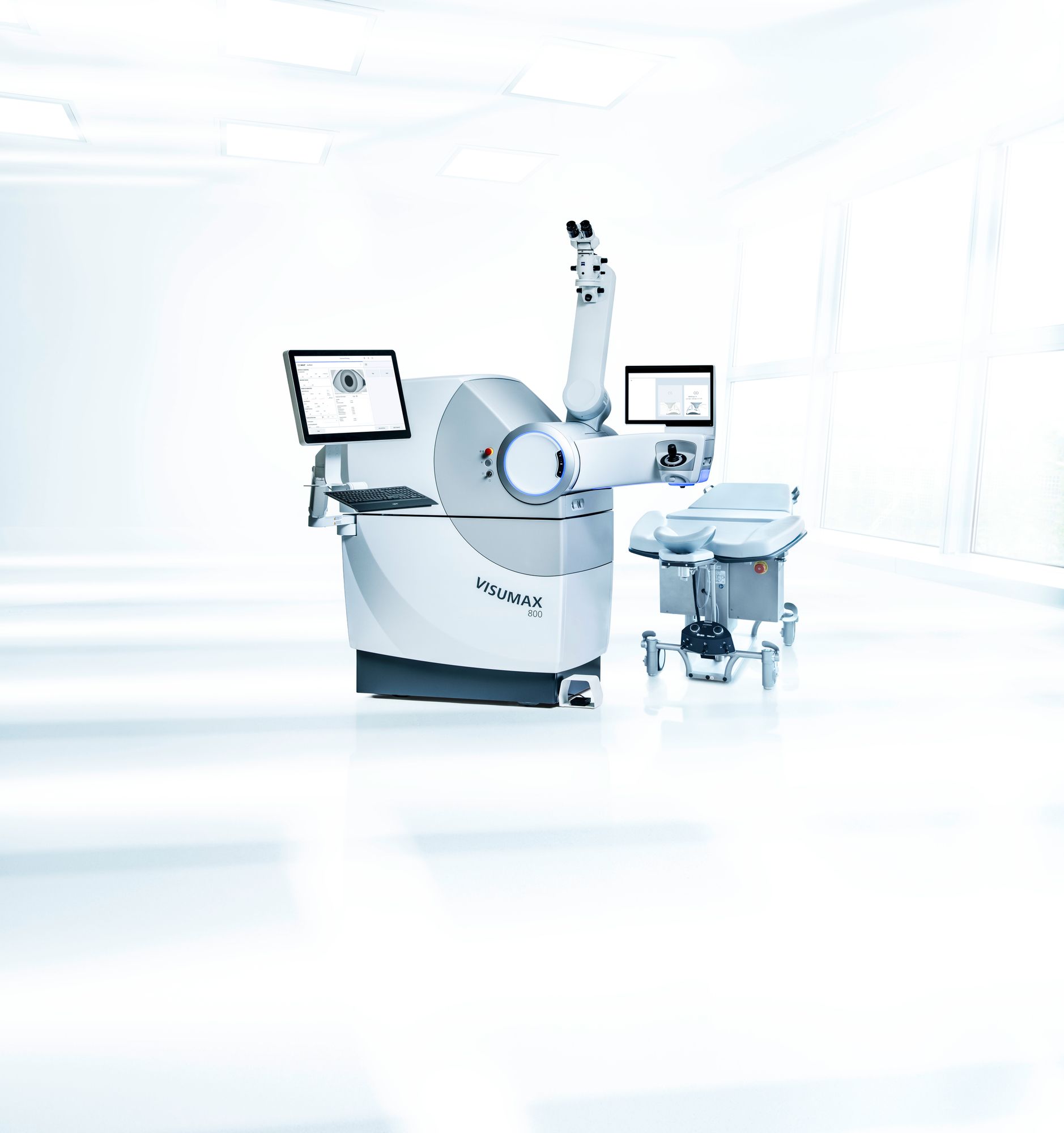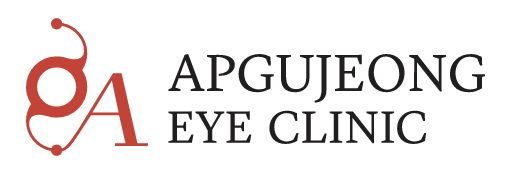Laser Vision Correction in Korea
What is laser vision correction?
- A set of surgical procedures that correct refractive errors (myopia, hyperopia, astigmatism) by reshaping the cornea or implanting a corrective lens.
- Common techniques in Korea:
- LASIK (Laser-Assisted In Situ Keratomileusis)
- LASEK or PRK (surface ablation methods)
- SMILE (Small Incision Lenticule Extraction)
- Implantable Collamer Lens (ICL) / lens-based correction when cornea is thin or prescription is high.
- The goal: reduce or eliminate dependence on glasses or contact lenses.
Why choose Korea for vision correction?
- Clinics in Seoul and other Korean cities use advanced equipment and modern surgical methods.
- Many providers cater to international patients, with language support and streamlined scheduling.
- Cost-effectiveness: Treatment often costs less than comparable procedures in Western countries while maintaining high standards of care.
- Efficiency: Some clinics offer same-day diagnostics and surgery, reducing downtime.
- Transparent process: Pre-surgery assessments to determine suitability, personalized treatment planning, and follow-up care.
Typical patient journey in Korea
Pre-Procedure
- Stop or reduce contact lens wear ahead of the exam (to get accurate cornea measurements).
- Comprehensive eye exam: corneal thickness, topography, pupil size, wave-front analysis, general eye health.
- Discussion of your lifestyle (sports, screen use, night-driving), vision goals, and surgeon reviews which procedure is best.
Day of Surgery
- Arrive at clinic: numbing eye drops, preparation.
- Procedure time: often under 30 minutes for laser part (varies by technique).
- After surgery: initial check and then discharge. Usually same-day for standard cases.
Recovery & Aftercare
- Expect clearer vision by the next day (though full stabilization may take days to weeks).
- Avoid heavy screen time initially, protect eyes from dust/splashing, don’t rub eyes.
- Follow-up visits: initial check on same day or next day, then further checks over subsequent days/weeks.
- Some restrictions: no swimming/water sports right away, avoid strenuous exercise for a short period.
What does it cost?
- Prices vary by clinic, technique, surgeon experience, and whether both eyes are treated.
- As an example: Some surface-ablation methods (LASEK) in Korea are quoted in the ballpark of USD $800–$1,500 for both eyes in many cases (depending on inclusions).
- More advanced techniques (like SMILE or ICL) will cost more.
- Always ask: what’s included (exam, surgery, post-op visits, medications), what’s excluded (accommodation, flight, extra scans), and what happens if enhancement is needed later.
How to choose the right clinic — checklist ✅
- Verified surgeon credentials and strong case-volume in refractive/laser surgery.
- Modern, well-maintained equipment.
- Clear explanation of which procedure suits you (depending on cornea thickness, prescription, lifestyle).
- Good communication and language support (especially for international patients).
- Transparent cost breakdown and written quote.
- Aftercare plan spelled out (how many follow-ups, what’s the local-stay time, what happens if complication/enhancement).
- Review patient feedback or testimonials (especially from international patients).
- Comfort: Is the clinic environment comfortable, clean, with good support for travel/foreign-patient logistics?
Who is a good candidate — and who might not be?
Good candidate if:
- Age is appropriate (commonly 20s-40s, though older patients may still be candidates depending on health).
- Stable prescription for ~1 year (or as required by clinic).
- Cornea thickness and shape within safe limits.
- No major eye disease (glaucoma, advanced dry eye, keratoconus, etc).
- Realistic expectations: you'll likely reduce dependence on glasses/contacts, but some residual vision or future age-related changes may still happen.
May not be suitable if:
- Very thin corneas or abnormal corneal shape.
- Very high prescription beyond what corneal laser methods safely handle.
- Significant dry-eye condition, or other eye disease.
- Expecting perfect 20/20 vision without risks; need to accept some trade-offs.
- Travel constraints: if you cannot stay the required post-op period, or cannot attend follow-ups.
Key risks & what to ask about
- Under-correction or over-correction: you may still need glasses or require enhancement.
- Dry-eye symptoms: more likely in some procedures.
- Flap complications (in LASIK).
- Regression: vision may gradually shift over time.
- Choice of technology: ask what laser system is used, surgeon’s enhancement/revision rate.
- What’s the guarantee or support if the results are not as expected?
- Confirm whether the quoted cost covers “enhancement if needed” or that’s extra.
Practical travel & planning tips for international patients
- Choose a clinic that offers international patient coordination (pickup, translation, hotel/accommodation help).
- Plan your stay: At minimum you may need 2–3 days in Korea (exam → surgery → first follow-up). For more complex cases or lens-implants, maybe 4–5 days.
- Bring your existing glasses/contact prescription history and any prior eye-health documentation.
- Avoid scheduling major travel/work immediately after surgery; give yourself at least a day of recovery.
- Check visa/entry rules, patient-travel support, translation for consent forms, and whether after-care is covered when you return home.
- Ensure you know how and where to get further follow-ups in your home country if required, and how the clinic handles post-travel issues.
Common questions (FAQ)
Q: Will I be glasses-free for life?
A: Many patients achieve very good vision (20/20 or better) but there are no absolute guarantees. Age-related vision changes (e.g., presbyopia) may still require reading glasses later.
Q: Is SMILE better than LASIK?
A: SMILE is a newer, less-invasive technique (smaller incision) that may reduce some risks (dry eye, flap issues) but suitability depends on your eye measurements and prescription.
Q: What about astigmatism or high myopia?
A: Yes—many Korean clinics treat astigmatism and high myopia using laser or lens-based options (ICL) when lasers alone are less ideal.
Q: How soon can I go back to work?
A: Many patients resume light activity/office work the next day or within a couple of days. Strenuous exercise, swimming, heavy lifting may be delayed 1 week or more depending on the surgeon’s advice.
Call-to-Action
If you’re considering laser vision correction in Korea:
- ✏️ Book a pre-surgery consultation with a reputable Seoul clinic specialising in refractive surgery.
- 🧾 Ask for a full treatment plan and quote (including diagnostics, surgery, after-care, possible enhancement).
- 🧳 Prepare your travel, accommodation, and recovery time accordingly.
- 📄 Bring all your previous eye-health data and prescription history.
- ✅ Choose with realistic expectations + a good match between your eye condition and clinic expertise.













